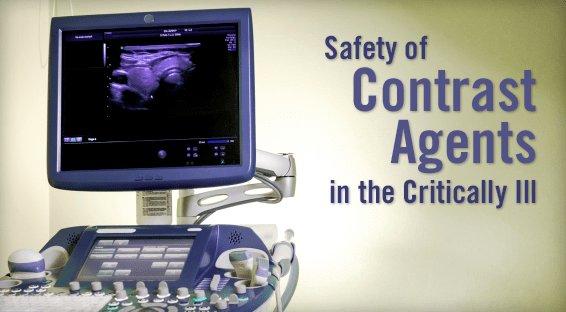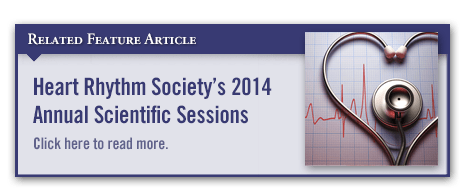Ultrasound contrast agent safety in critically ill patients undergoing echocardiography has been questioned by the FDA. This controversy was the result of rare reports showing that deaths or life-threatening adverse reactions occurred in close proximity to the administration of ultrasound contrast agents. “Since these reports surfaced around 2007, many studies have been conducted to better define the safety profile of these agents,” says Michael L. Main, MD.
An Observational Analysis
In a large observational study published in JACC: Cardiovascular Imaging, Dr. Main and colleagues compared 48-hour all-cause mortalities and hospital stay mortalities among critically ill patients who underwent echocardiography either with or without an ultrasound contrast agent. Data were collected on more than a million participants through discharge information from a database that included information on primary and secondary diagnoses, procedure billing codes, and demographic and baseline patient information in addition to hospital characteristics.
At discharge, more than 990,000 patients underwent echocardiography without a contrast agent, whereas 16,222 received a contrast agent for their exam. According to the results, ultrasound contrast agent use was associated with a 28% lower mortality rate at 48 hours among critically ill patients undergoing echocardiography when compared with no ultrasound contrast agent use. Recipients of ultrasound contrast agents also had significantly lower mortality rates over their entire hospital stay when compared with those who did not receive one (14.85% vs 15.66%).
“Importantly, our findings were consistent across a wide variety of major comorbidities and important demographic subgroups, such as age and gender,” says Dr. Main. Overall, there were no groups with significantly greater odds for mortality after receiving a contrast agent.
Impactful Findings
Data from this study differ from earlier anecdotal reports, which indicated that ultrasound contrast imaging agents may increase the risk of death and life-threatening adverse events in critically ill patients, according to Dr. Main. “Our results are reassuring given these earlier reports,” he says. “With the exception of rare anaphylactoid reactions, there should not be significant safety concerns regarding ultrasound contrast agents.”
In the future, Dr. Main says more information is needed on the association between mortality reduction in critically ill patients and ultrasound contrast agent use. “No one is claiming any direct therapeutic effect of ultrasound contrast agents,” he says. “However, it is likely that improved diagnostic imaging can result in more timely and accurate treatment.”




 TimH
TimH